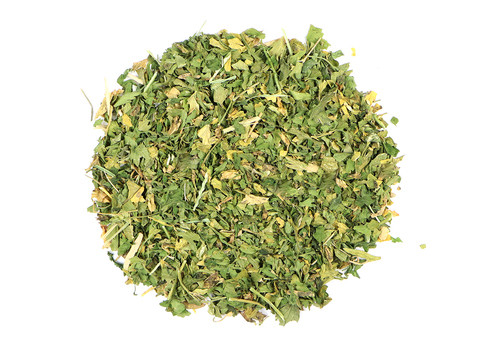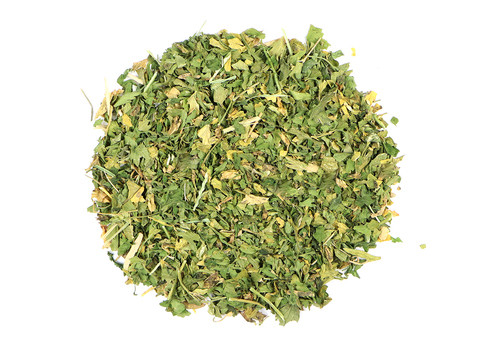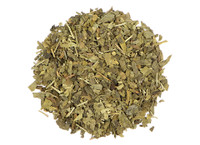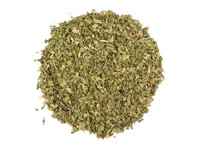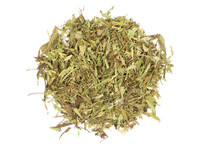-
Product Description
COMMON NAME
Standardized: parsleyBOTANICAL NAME
Petroselinum crispum (Mill.) Nyman ex A.W. Hill
Plant Family: ApiaceaeOVERVIEW
While all of us know parsley as a condiment and garnish, most of us never consume its most flavorful part of the root. Parsley has been an important food for at least 3,000 years. Parsley is thought to have originated in Sardinia, or the surrounding area, and to have spread across Europe by the 15th century. There are a great many myths and folktales concerning parsley. It was said to have come from the spilled blood of Archemorus when he was eaten by serpents. It was also long associated with Persephone and the underworld, which may certainly account for the lingering superstition that it is bad luck to transplant parsley; it should always be grown directly from the seed. Also, the Greek saying "to be in need of parsley" meant that someone was extremely ill and not expected to survive. Wreaths of parsley were also worn to honor the dead.PARTS USED
Dried leaf.TYPICAL PREPARATIONS
Leaf can be used as tea or tincture; usually used in cooking. Can be manufactured into an extract.SUMMARY
The most common use of parsley is as an edible breath freshener. In cooking, parsley lightens the taste of garlic and the odor of fish. Parsley can be added to almost any food except sweets.PRECAUTIONS
No known precautions.
We recommend that you consult with a qualified healthcare practitioner before using herbal products, particularly if you are pregnant, nursing, or on any medications.This information has not been evaluated by the Food and Drug Administration. This product is not intended to diagnose, treat, cure, or prevent any disease. For educational purposes only.
Source: Mountain Rose Herbs
-
Product Reviews
-
Find Similar Products by Category

